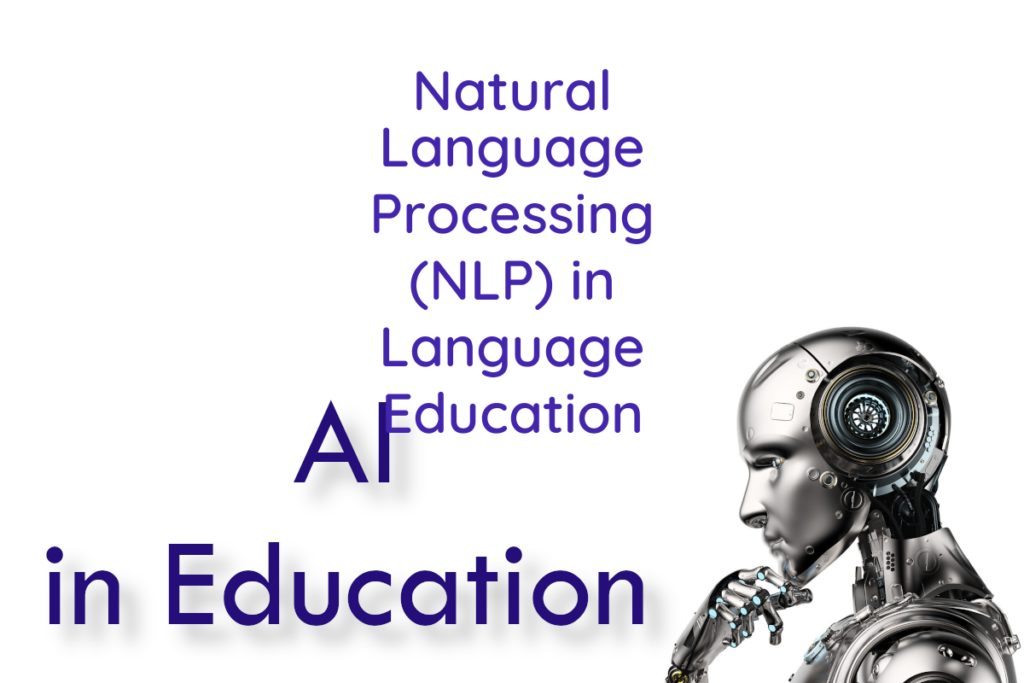
Natural Language Processing
Natural Language Processing (NLP) is a subfield of artificial intelligence (AI) that focuses on the interaction between computers and humans through natural language. Its ultimate goal is to read, decipher, understand, and make sense of human language in a valuable way. From powering voice assistants like Alexa to analyzing text for sentiment analysis, NLP has numerous applications across various sectors, with language education being one of them.
The Role of NLP in Understanding Language Patterns
In language education, NLP serves as a bridge between humans and technology, enabling a more interactive and efficient learning process. Its significance lies in its ability to understand and analyze language patterns, which play a crucial role in language acquisition and learning.
NLP algorithms can dissect and understand language at multiple levels, including phonetics, syntax, semantics, and pragmatics. This helps in understanding the structure of the language, the meanings of words and sentences, and the context of language use. By analyzing these patterns, NLP can provide insights into a learner’s language proficiency and identify areas for improvement, enabling personalized learning experiences.
For instance, NLP can be used to analyze a learner’s written text and provide feedback on grammatical errors, incorrect word usage, or sentence structure. Similarly, NLP can analyze spoken language to identify and correct pronunciation errors, helping learners improve their spoken language skills.
NLP-Based Tools for Language Learners
Numerous language learning platforms employ NLP to enhance the learning experience. Here are some notable examples:
Grammarly: An AI-powered writing assistant that uses NLP to analyze text and provide grammar, punctuation, and style corrections. It provides real-time feedback, helping learners improve their English writing skills.
Duolingo: Known for its language learning app, Duolingo employs NLP for several functions, including voice recognition for pronunciation practice and text analysis for comprehension exercises and grammar lessons.
Rosetta Stone: This language learning platform uses NLP for its TruAccent speech recognition technology, which compares a learner’s speech to native and non-native speakers and provides feedback to help improve pronunciation.
Conclusion: The Transformative Power of NLP in Language Education
Natural Language Processing is reshaping language education, enhancing interactivity, personalization, and efficiency in language learning. By providing a deeper understanding of language patterns, NLP facilitates more focused and adaptive learning experiences for language learners. As advancements in AI and NLP continue, we can expect further innovations that will enrich the language learning landscape.